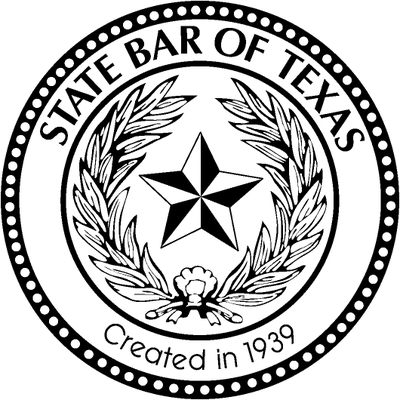Oh, the difficulties of being a lawyer! A parent! A human being! An airline passenger! If it’s not your spouse driving you crazy, it’s your kids, your job, the Democrats (or Republicans), or your awful opposing counsel.
Someone does something they shouldn’t, and you feel your skin flush, your heart pound. You get a ringing in your ears. You spend a couple of hours stewing in a pot of anxiety and rage. Any joy or relaxation you were feeling vanishes. You think: “That/those ______! How could s/he/they?”
In Loving What Is: Four Questions That Can Change Your Life, Byron Katie posits that it is not the circumstances of life that cause us to suffer but our thoughts about those circumstances. She offers four questions to ask yourself anytime you are feeling upset or angry. She calls the questions “Inquiry,” or “The Work.”
1. Is the thought true?
2. Can you absolutely know that it’s true?
3. How do you feel, think, and act when you believe the thought?
4. Who would you be without the thought?
Here’s an example for my fellow lawyers: You have a pleading due. Your computer breaks down. You contact opposing counsel to see if he opposes a request for extension. Though there is no good reason for him to oppose it, the reprobate opposes it. You are apoplectic.
Let’s apply the four questions to the thought: “There was no good reason for him to oppose the request.”
1. Is the thought true? “You bet it’s true. An extension would in no way hurt his client or delay the case. The judge was on vacation and wasn’t going to look at the pleading for a week anyway. I was having technical difficulties, and he owed it to me not to oppose the request. The only reason for him to do this was to be obstreperous.” In step one, Katie encourages the participant to be judgmental. Let it all out.
2. Can I absolutely know that it’s true? “I don’t know. I suppose there could be some good reason for him to oppose the request, but what? I can’t think of anything.” So can I absolutely know that it’s true, yes or no? “No.” In step two, Katie encourages the participant to look deep inside and inquire: what can I really know to be true? Notice that just by asking this question your experience is already starting to change.
Note: if you are getting a “yes” to questions one and two—for example, if the thought is an undisputable fact, then investigate your interpretation of the thought, i.e., “and it means that ___________.”
3. How do I feel, think, and act when I believe the thought? “I’m miserable. I’m anxious. I’m distracted. I’m not able to relax.” In step three, you start to see how the thought is affecting you.
4. Who would I be without the thought? “I’d be relaxed. I wouldn’t be angry and consumed. I could move forward and think about what I need to do now.” A companion question to step four is: “Can you see a stress-free reason to keep the thought?”
Once we have asked ourselves the four questions, Katie invites us to turn the thought around to its opposite. “There IS a good reason for him to oppose the request.” Is the turnaround as true or truer than the original thought? “I don’t know. I suppose it’s possible. It may not be in his client’s interests for me to be allowed to file the pleading.” Whoa. You mean opposing counsel may have been representing his client’s interests, i.e., doing his job? Ha! Marvelous! Now that we see the conduct in a new light, we may find ourselves laughing at our own characterization.
In the book, Katie asks the four questions of people who have been through the most difficult circumstances imaginable. It was remarkable to see how—just by investigating their own thoughts—they were able to shift their perceptions and so their experience. Burdens that people had carried around for decades simply disappeared.
Katie’s method tests the maxim: “Pain is inevitable, but suffering is optional.” Could it really be true? By investigating your own thoughts, you may find an answer.









